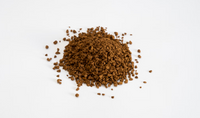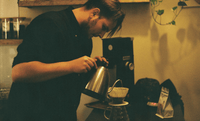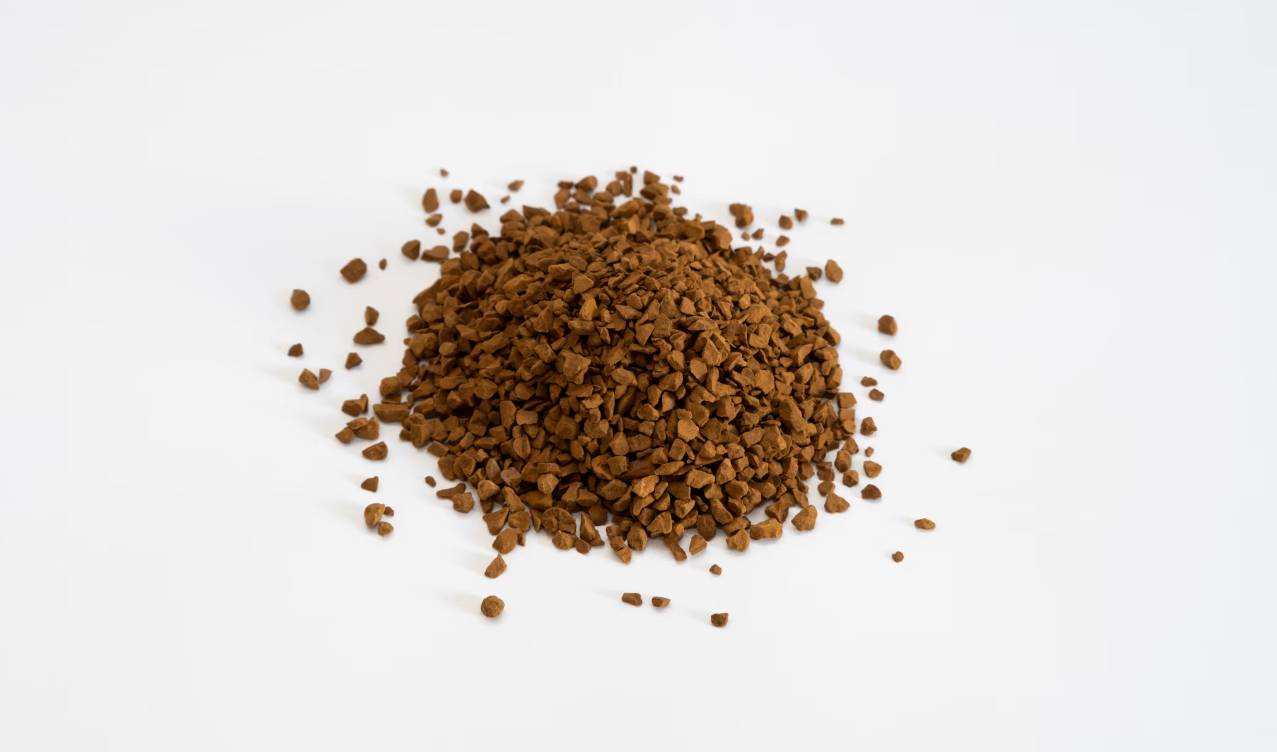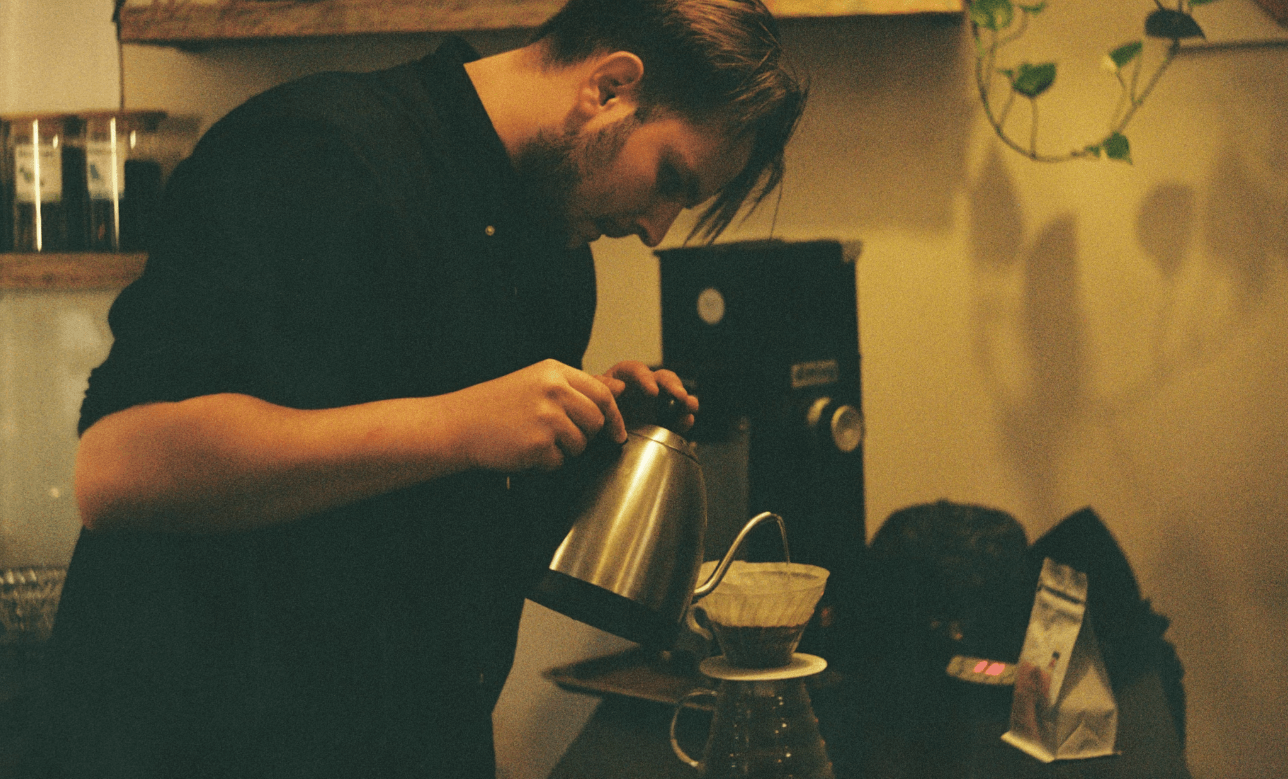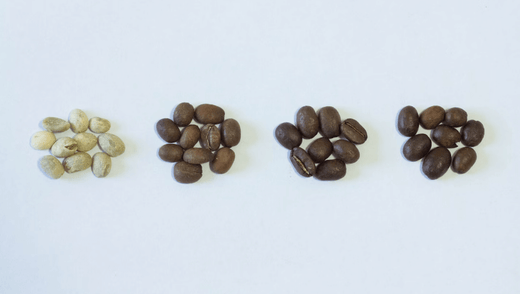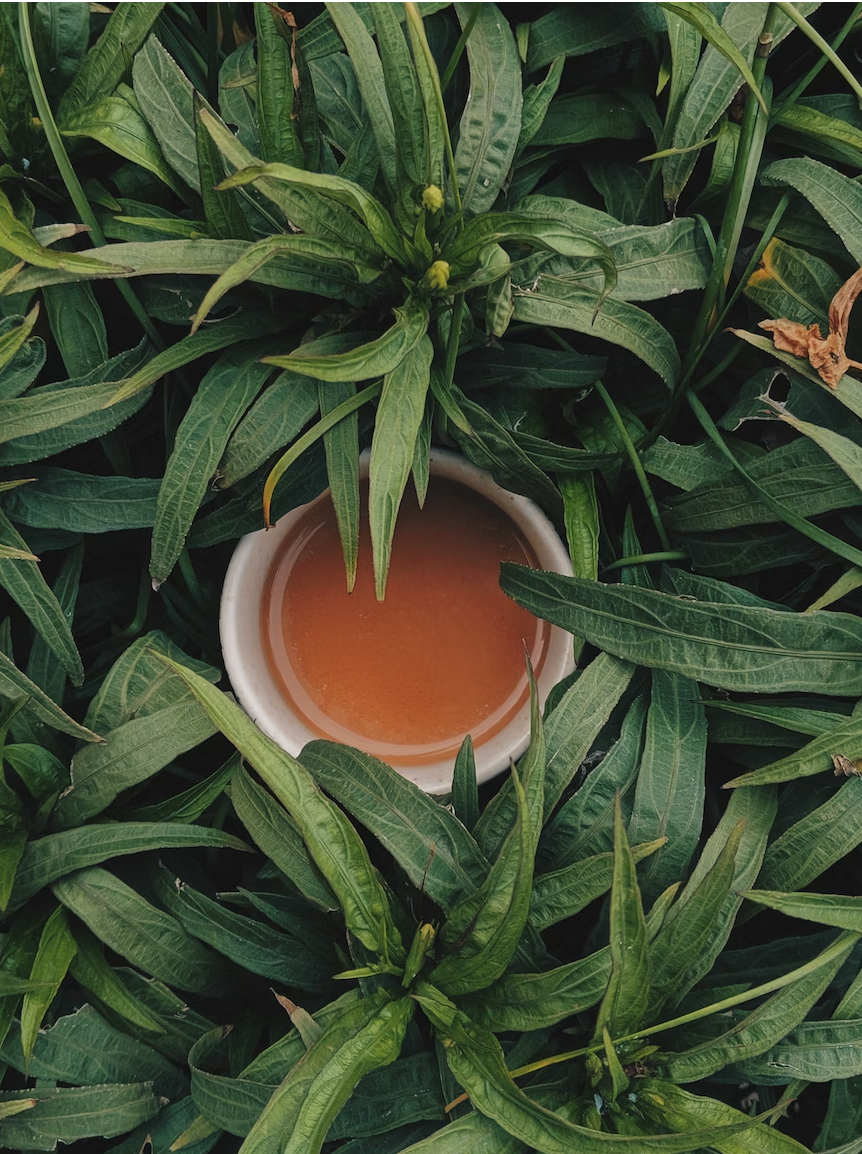Coffee makes the world go round. As a worldwide industry, it accounts for billions of dollars—just in exporting and importing. Whole countries, like Colombia, Brazil, and Ethiopia, either currently rely or have relied on coffee to support their nation’s economy. Coffee is loved in the freezing temperatures of Iceland as well as in the scorching heat of Saudi Arabia.
No other coffee is as well-known and well-liked as the espresso coffee. Already popular by itself because of its fragrant aroma and rich flavor, the espresso is the base of a myriad of coffee drinks that nowadays dominate the market: cappuccino, latte, macchiato, and so on.
Let’s take a look at what exactly makes espresso what it is, starting by how it is made.
The Espresso Machine
Coffee, as a beverage, was discovered in Africa and the Middle East around the 16th century. One century later, it would be popular in Europe—particularly among the high classes, who could afford importing these beans from far away. It was an instant, massive hit.
All across Europe, coffee was making a name for itself. The road wasn’t entirely smooth, however. In the 16th century, a ban on coffee would be imposed by force. People had their lives taken, sometimes by the very Emperor himself. Similarly, Gustav III who reigned over Sweden for a good part of the 18th century, would also nurture a passionate hate for coffee. Though he didn’t go as far as to decapitate people, he tried to make it illegal to drink coffee.
Yet nowhere was coffee more loved than in Italy. Thanks to their closeness to the Mediterranean, they were able to get coffee faster and in more quantity than most of Europe. They became enamored with it, and soon every household would have coffee on its shelves.
Making coffee back then was—to say the least—an ordeal. More often than not, Italians would roast coffee beans themselves, grind them by hand using a mortar, and then brewed. This would take about half an hour: way too much.
So it’s not surprising that Angelo Moriondo invented, in 1884, the earliest form of an espresso machine. He called it an “instantaneous” coffee maker and this, instead of the improved flavor and quality of the coffee, was what he and other Italians were looking for at the time; a more convenient way of making coffee.
After a few tweaks here and there—and a couple of decades—the espresso machine would be in peak form.
The most important aspect of the espresso is that the water is forced through the grounds. In most other brewing methods, it is either steeped or left to drip, with no force other than that of gravity.
The espresso machine, however, incorporated a lever that the barista would pull down with a lot of force to pass the water through the grounds. This, coincidentally, is where the expression pulling a shot originated.
The espresso machine does, however, have a whole other side besides making espresso, and that is where the steam comes in. By adding a convenient nozzle to let out steam, it became possible not only to heat up milk for your drink instantly, but now the coffee drinker was able to texture milk to a greater extent than ever before. The combination of milk and coffee was further cemented thanks to the espresso machine.
Espresso Coffee vs Regular Coffee
In order to get a better sense of how unique the espresso shot is, we will compare it briefly to other types of coffee by examining brewing times, quantities, and flavor.
Brewing Time
Taking grinding out of the equation, here’s how it takes to make each coffee from the second when it comes into contact with hot water until it is brewed:
- French press: 4 minutes average.
- Hario V60 or Chemex: 4 minutes average.
- Cold brew: 16 hours.
- Moka pot: 2 minutes.
Espresso shot: 20 seconds.
Total Volume
How much is one cup?
- French press: 150+ml
- Chemex: 142ml or 5 ounces
- Moka pot: 60ml or 2 ounces
Espresso shot: 30 ml or 1 ounce
Flavor And Aroma
Lastly, we have flavor and aroma. The brewing time and the total volume of the drink greatly influences these two qualities, because the longer the brew time, the more you risk losing flavor and aroma. And the bigger the drink, the more watered down your coffee is.
- French press: oily, watery, and slightly sweet. Aroma tends to be sweet but faint.
- Hario V60, Chemex: clean, medium, slightly bitter and acidic. Here, the aroma can be felt in more detail.
- Moka pot: thick, bitter, with citrusy hints. Fragrant aroma much like that of espresso.
- Espresso shot: thick, with a layer of cream. Bitter and slightly acidic. Aroma is fragrant and is an active part of the experience.

Instant Espresso Coffee
Going back to the topic of convenience, we have undoubtedly made great advances in this realm. One of them is home espresso machines—smaller than commercial ones, but just as capable of making an espresso. They do, however, require an awful lot of space and maintenance. Not to mention, they’re incredibly expensive!
The next step in convenience would be coffee shops. It is now very convenient to buy coffee out, since you can choose what type of beans you want and the baristas are able to quickly prepare complex drinks that you would most definitely mess up on the first couple tries. This, however, isn’t as viable if you don’t own a car or don’t live near a coffee shop. Or if there is a pandemic going on.
The ultimate step in convenience and quality is instant espresso coffee. Unlike regular instant coffee, instant espresso is a higher-quality, more concentrated powder than brews a drink that is just like an espresso.
The best instant espresso is made purely of arabica coffee beans, while others will use robusta beans to bulk up their content. You don’t even have to go out to get your coffee; you can get monthly shippings depending on your needs!
Likewise, the best instant espresso will use the proper roast for their beans before turning them into powder. Espresso beans must be dark and shiny on the surface, a sign that all the oils have transferred to the surface and will be more easily extracted onto the coffee. A significant part of the flavor and aroma comes from the bean’s natural oils.
Health Benefits of Espresso
Did you know that just one espresso shot can put you at over 50% your recommended intake of antioxidants? Indeed, coffee is full of health benefits—some of which you may already know, and some of which will definitely be a surprise to you. You can find high-quality espresso here.
Here is a short list of the health benefits that can be found in just one simple espresso shot (no milk nor sugar):
- It may help prevent type 2 diabetes: Probably one of the most unexpected findings is that people who regularly consume coffee are less likely to develop type 2 diabetes. While the studies can’t agree on what, exactly, is what causes this, they often point to the vitamins and minerals in coffee. Coffee contains small amounts of minerals such as magnesium and chromium and vitamins like niacin and riboflavin. These add up if you drink more than two cups a day!
- It may help prevent cognitive decline: Coffee will keep you sharp and witty for longer. It can even delay or prevent the onset of diseases such as Alzheimer’s and dementia. This effect is not thanks to caffeine, which is merely a stimulant, but to the amount of antioxidants found in coffee. They help fight free radicals which are responsible for the decline of your cognitive functions (among other things).
- It may enhance long-term memory: A combination of frequently consuming caffeine and the nutrients found in coffee seems to have a noticeable effect in memory, particularly long-term memory. This points to the fact that coffee and not caffeine is good for you. Therefore, drinking a cup of coffee is healthier for you than taking caffeine supplements.

Additionally, instant espresso coffee can come with ingredients that will not just boost the beneficial effects of coffee, but are also beneficial by themselves. An example of this is L-theanine, a chemical found in tea, which works in conjunction with caffeine to provide a long list of benefits. Here’s a more in-depth look into this.
As you see, an espresso shot is far more than just the energy to start the week. Your espresso is a delicacy that will sharpen your senses and in itself a tasty way to take care of yourself thanks to all of the health benefits found in coffee.

